Production systems with human-like senses
Tomorrow’s industrial Internet will integrate technologies that imitate human cognitive skills such as the ability to plan, to learn, and to perceive our surroundings. The Fraunhofer Cluster of Excellence Cognitive Internet Technologies CCIT is working to realize the vision of a Cognitive Internet of Things. Digitalization holds enormous potential for German industry, enabling companies to automate manufacturing processes, make them more efficient, adopt new business models, and offer customized products. “That calls for highly productive, cost-effective, flexible manufacturing processes, based on secure IoT technologies, trusted data infrastructures and reliable machine learning methods. We have all the expertise needed to do this at Fraunhofer CCIT and are researching specific application scenarios,” says Prof. Claudia Eckert, spokeswoman of the executive board.
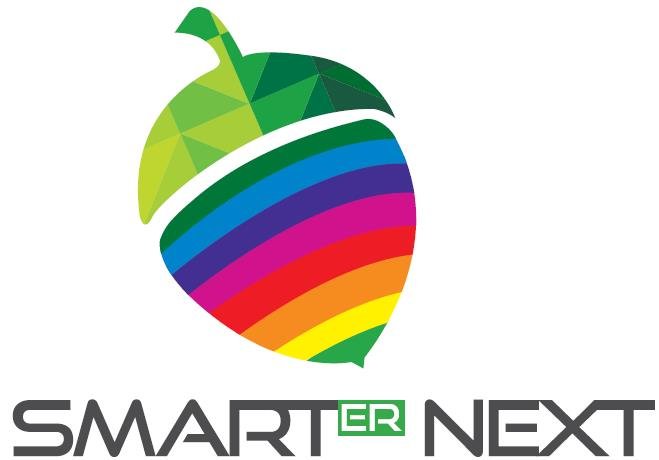
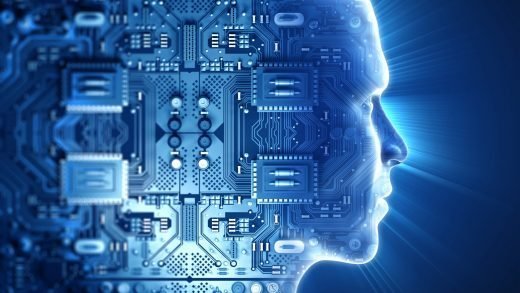


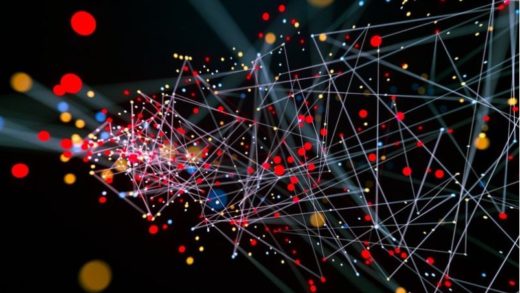
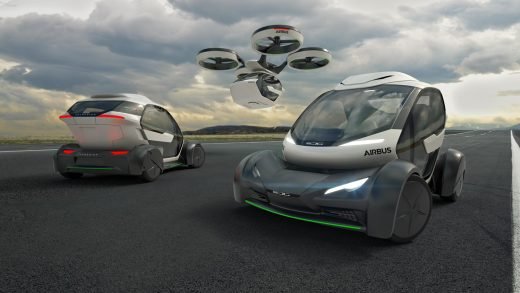

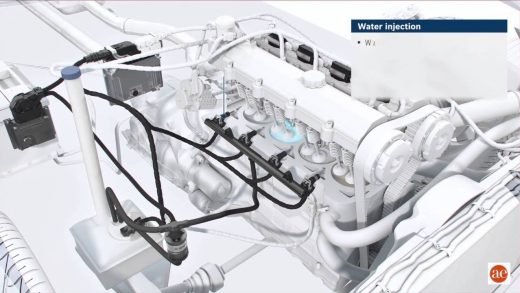
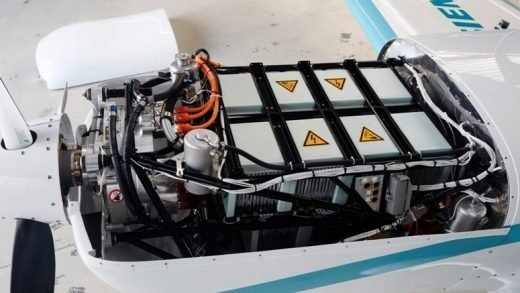
Recent Comments